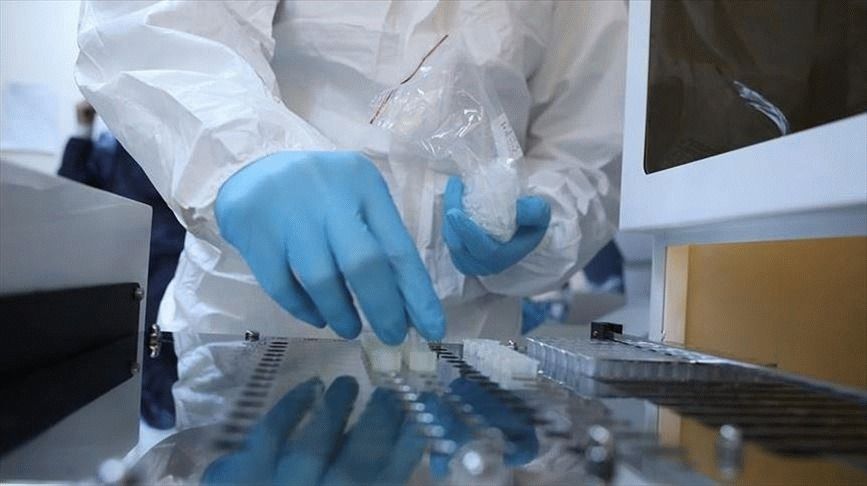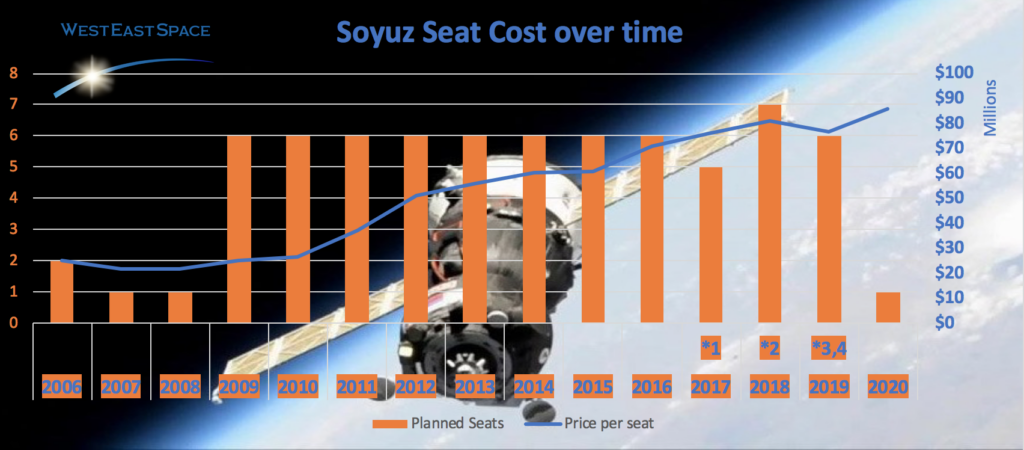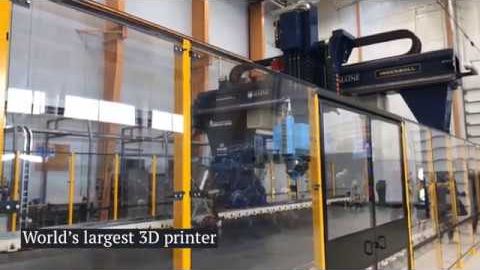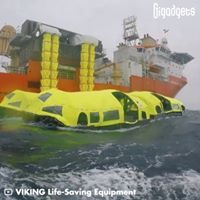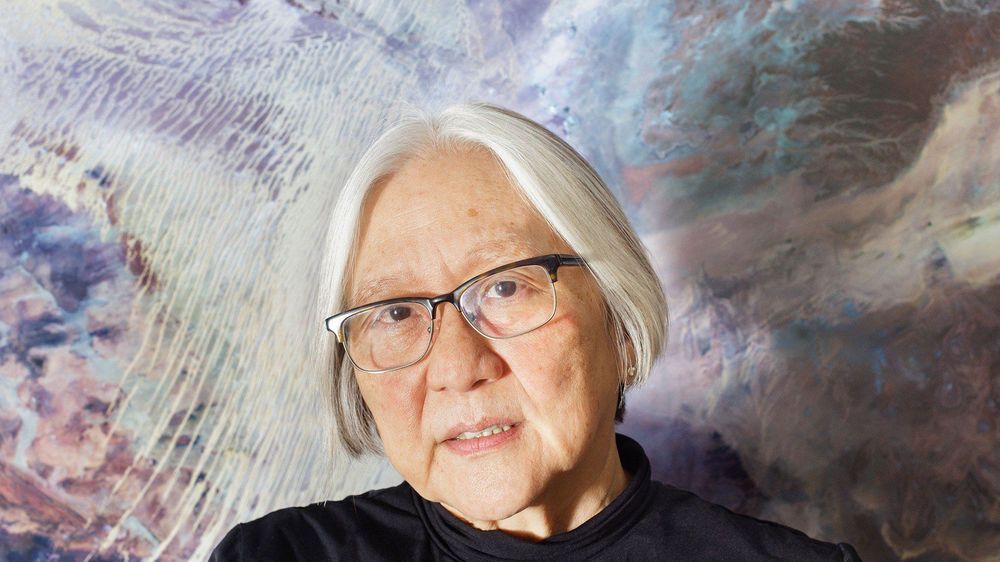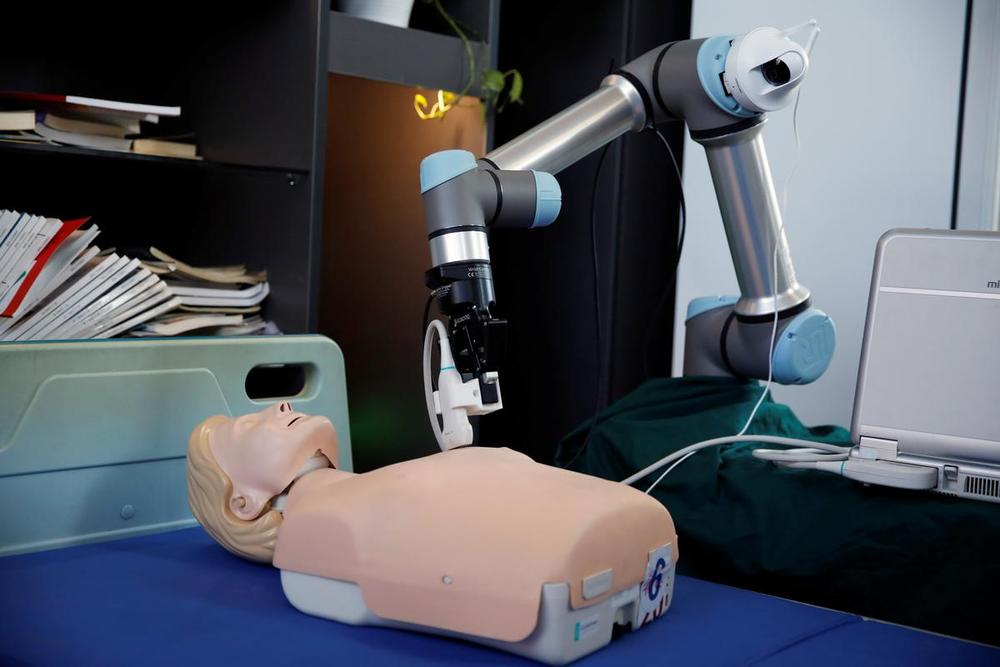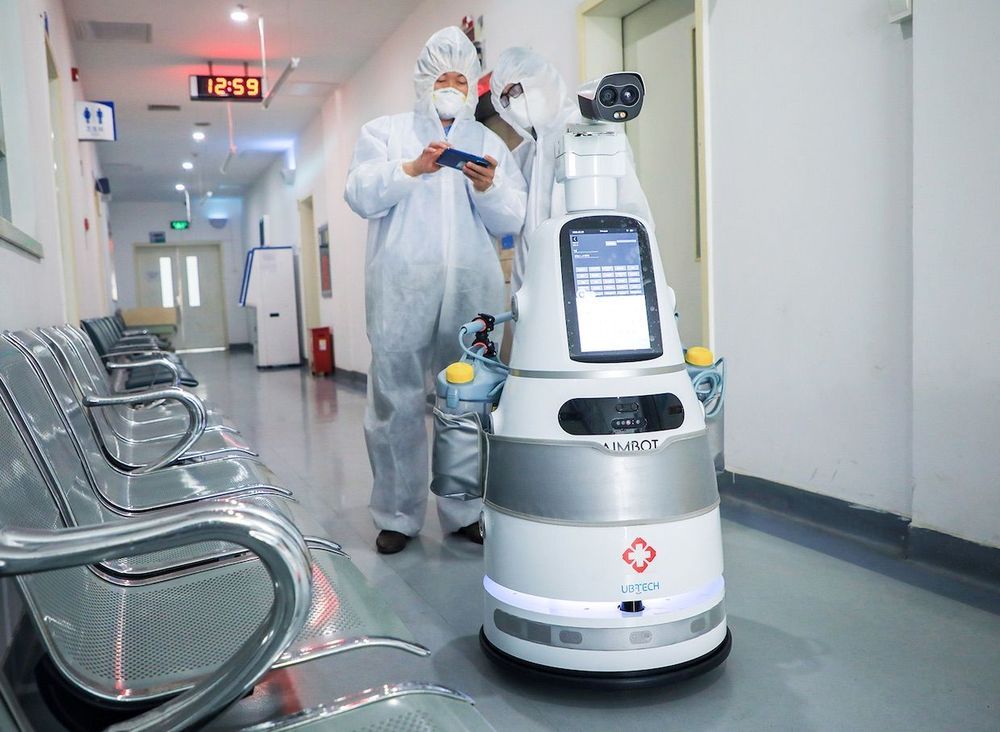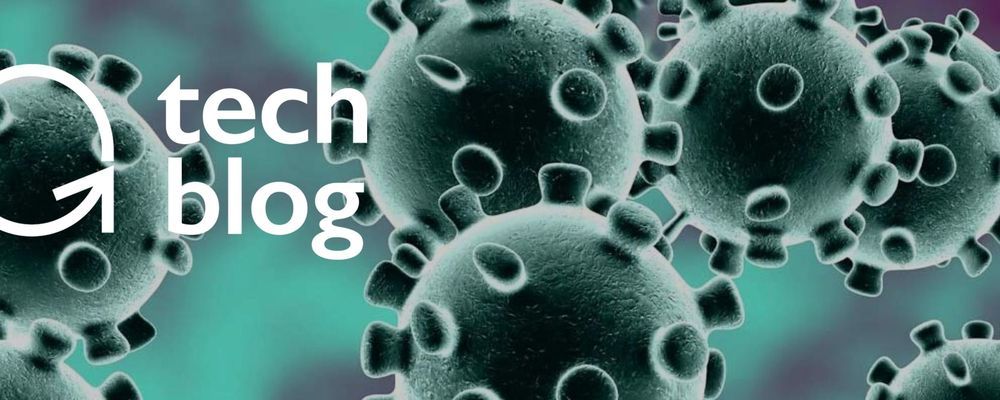Mar 23, 2020
New device quickly detects harmful bacteria in blood
Posted by Shane Hinshaw in categories: biotech/medical, engineering, health
Engineers have created a tiny device that can rapidly detect harmful bacteria in blood, allowing health care professionals to pinpoint the cause of potentially deadly infections and fight them with drugs.
The Rutgers coauthored study, led by researchers at Rochester Institute of Technology, is published in the journal ACS Applied Materials & Interfaces.
“The rapid identification of drug-resistant bacteria allows health care providers to prescribe the right drugs, boosting the chances of survival,” said coauthor Ruo-Qian (Roger) Wang, an assistant professor in the Department of Civil and Environmental Engineering in the School of Engineering at Rutgers University-New Brunswick.

